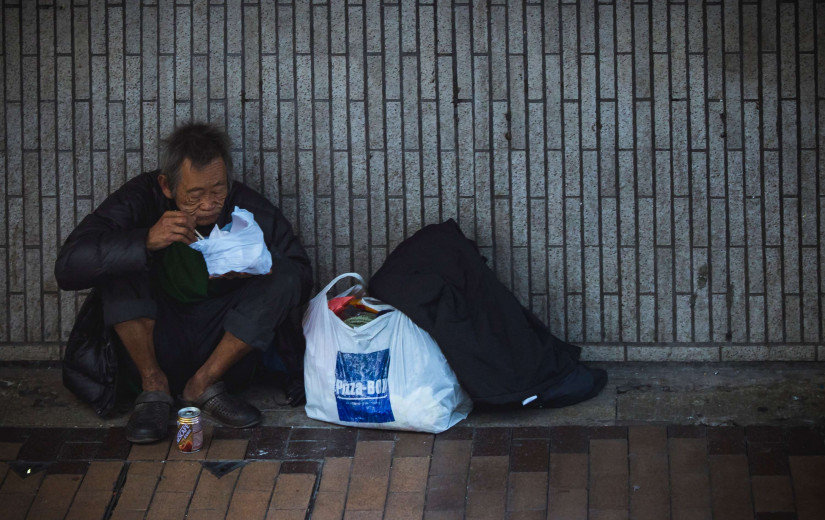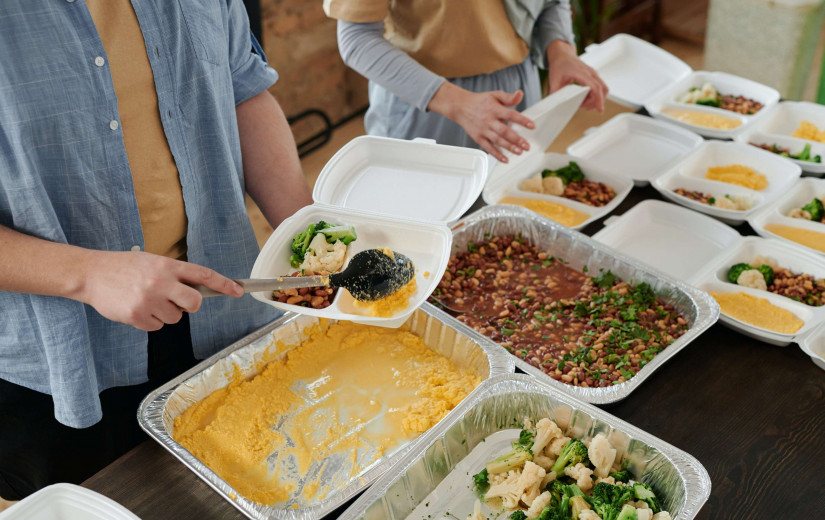Food Stamps: The Ultimate Solution to the National Food Security
The Supplemental Nutrition Assistance Program (SNAP), more commonly known as food stamps, is a government assistance program that provides low-income individuals and families with money to purchase food. In addition, the program is one of the most effective tools for combating hunger in the United States.
Before the country launched the program, around 15% of households didn't have enough money to purchase adequate food. Today, the program has reduced the number by half to 7.8%. In other words, food stamps have helped reduce hunger and starvation by more than half in the United States. There are many reasons why the government should provide food stamps to all citizens, including:
1. To Ensure Food Security for Everyone
Everyone would have access to nutritious food without worrying about going hungry through food stamps, especially important for children, who need proper nutrition to grow and develop properly.
2. To Reduce Poverty
Food stamps reduce poverty, as individuals and families access more affordable food. It has significantly helped unemployed individuals and those in low-wage jobs.
3. To Improve Health and Nutrition
Starvation is the leading cause of death and malnutrition, common in developing countries. It is also a significant cause of illness and poor health. The World Health Organization (WHO) estimates that hunger and malnutrition are responsible for the deaths of 3.1 million children each year.
In developed countries like the United States, food insecurity and malnutrition are not as prevalent, but they are still major problems. For example, the United States Department of Agriculture (USDA) estimates that 14.3% of American households were food insecure in 2017. For this reason, the government has established various food assistance programs to combat the situation, including the following:
1. The National School Lunch Program (NSLP)
The program began in 1946 to improve the health and nutrition of American children. Over the years, it has grown to serve nearly 32 million children daily. It has been incredibly successful in improving the health and nutrition of American children. A recent study found that children participating in the NSLP are more likely to eat healthier foods and have a lower body mass index (BMI) than those who do not participate.
2. Women, Infants, and Children (WIC) Program
The health and nutrition program helps expectant and postpartum women from needy families. It's also a solution for minors at nutritional risk. Besides, WIC provides nutritious foods, nutrition education, breastfeeding support, and referrals to health care and social services. It helps eligible families by supplementing their diets with healthy foods and teaching them how to make better food choices. The program has improved birth outcomes and reduced hospitalizations and emergency room visits.
3. Senior Farmers' Market Nutrition Program
The Senior Farmers' Market Nutrition Program (SFMNP) helps seniors purchase fresh products at farmers' markets and roadside stands. The program also promotes farmers' markets as a source of healthy foods for seniors.
The SFMNP operates through state agencies collaborating with senior centers, tribal organizations, and faith-based groups. To be eligible for the program, seniors must be at least 60 years of age and have an annual income that does not exceed 185% of the federal poverty level. For example, a single senior with an annual income of $22,311 would be eligible for the program.
The SFMNP has improved the health of participating seniors. A study by the Centers for Disease Control and Prevention (CDC) found that seniors who participated in the SFMNP were more likely to consume fruits and vegetables than those who did not participate in the program.
Additionally, participants were more likely to eat two or more servings of fruits and vegetables per day. The SFMNP also helps to support farmers and growers who sell their products at farmers' markets. By increasing demand for their products, the program helps to ensure that these farmers can continue to operate their businesses.
The food security of a nation is of utmost importance. A country must have enough food to feed its people and systems to ensure that everyone has access to food. The food stamp program is the perfect solution to this problem. It provides food for those who need it and ensures that everyone has equal access to food. As a result, the government ensures that the programs flow smoothly, improving people's lives.

















